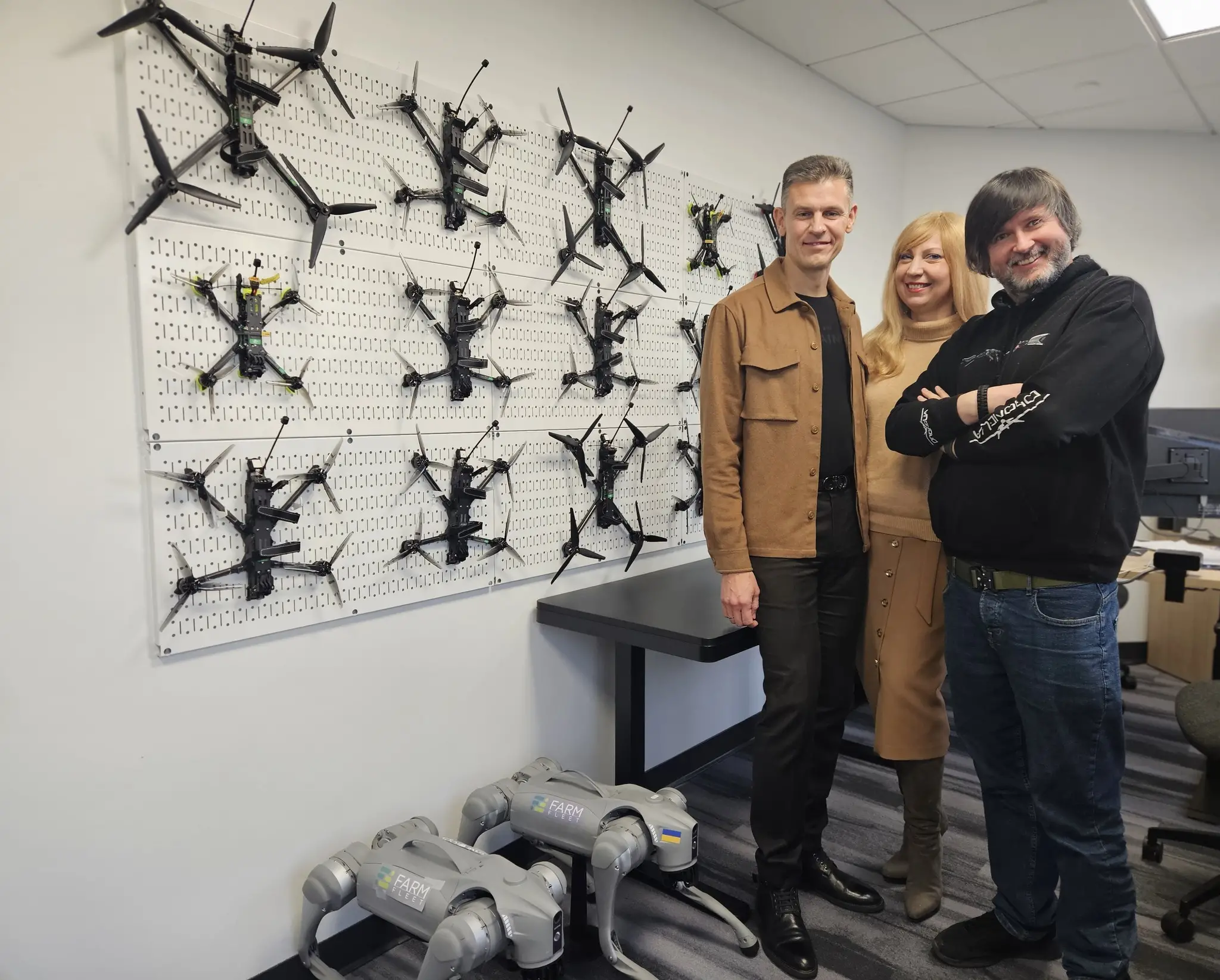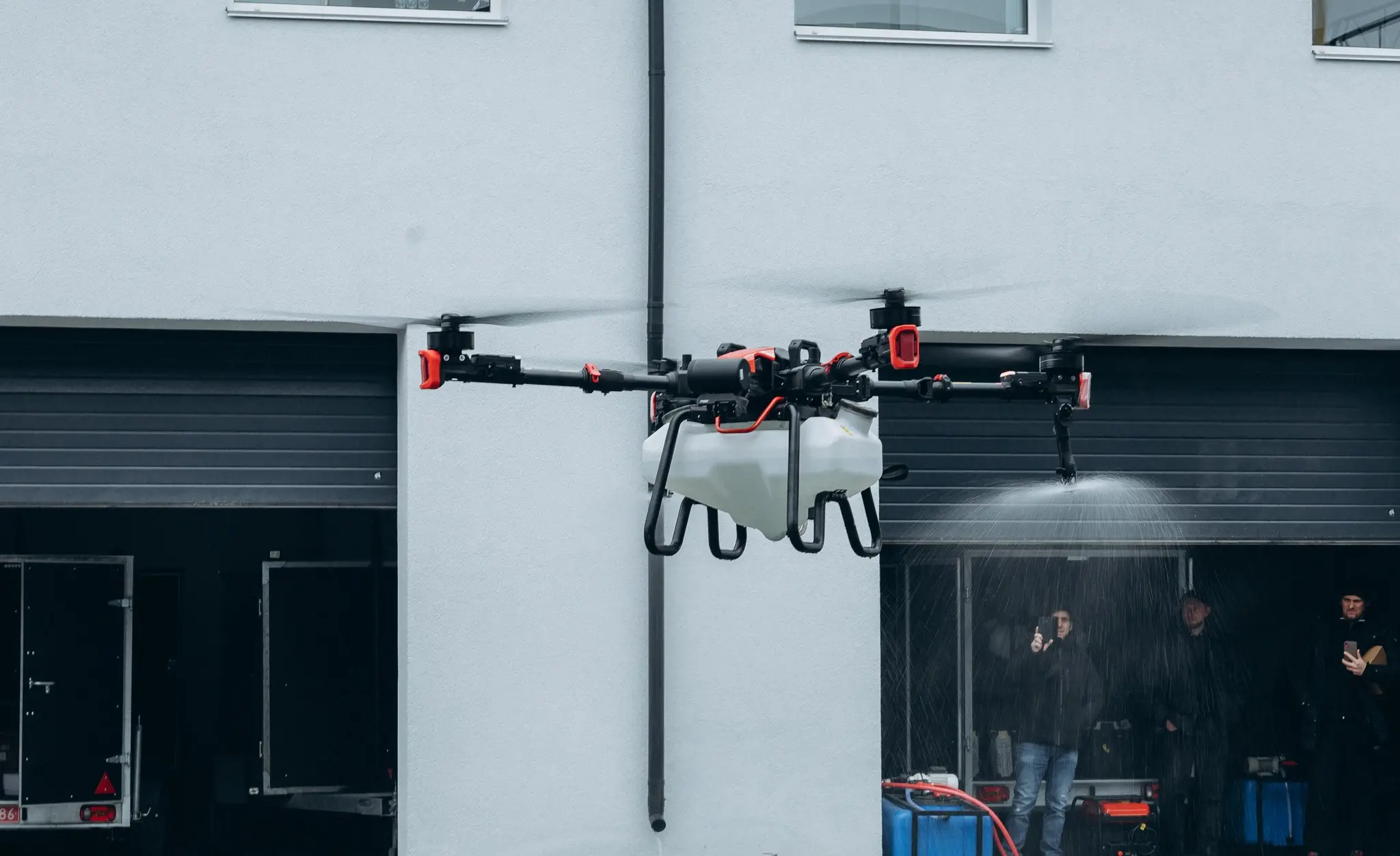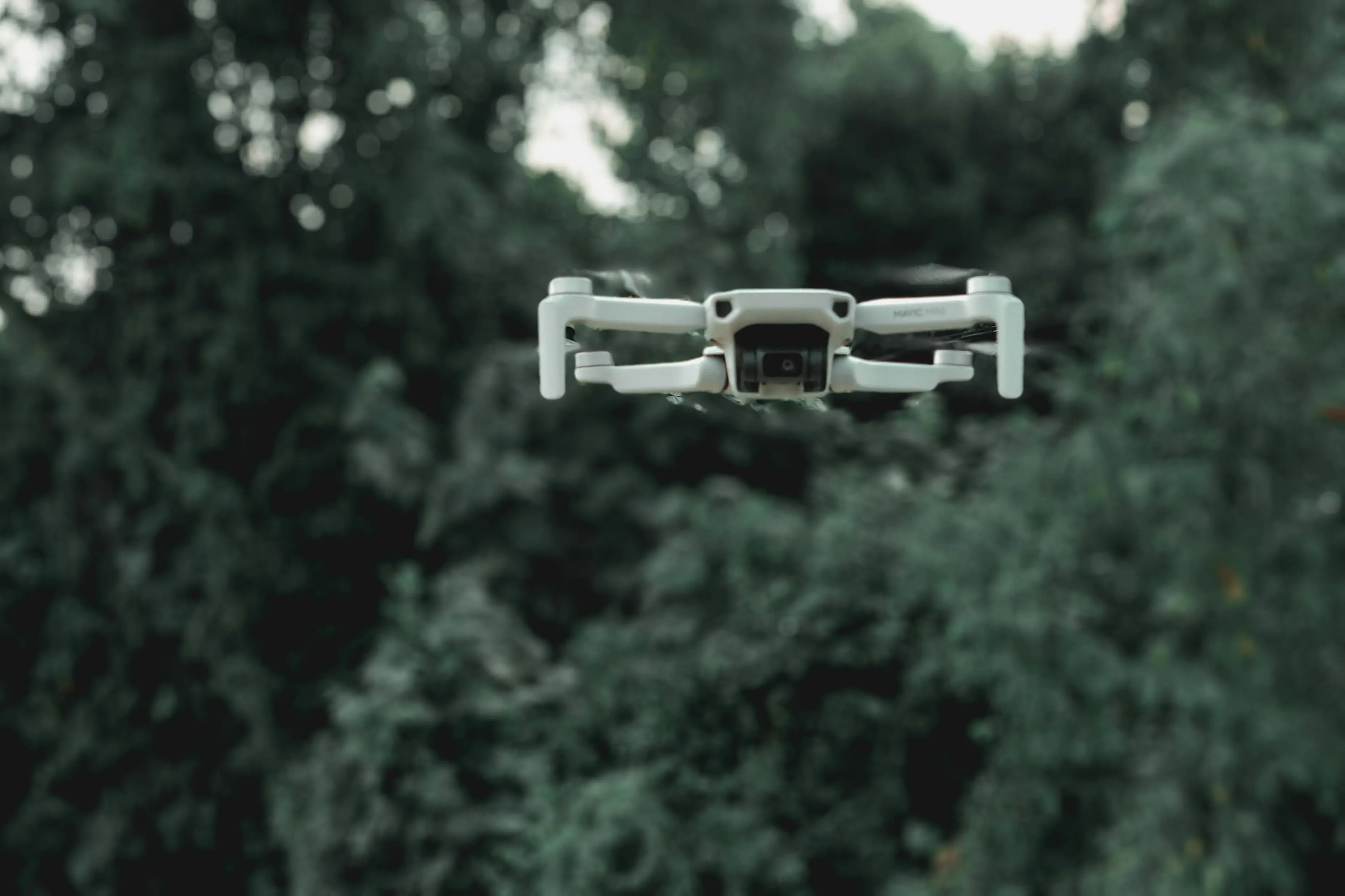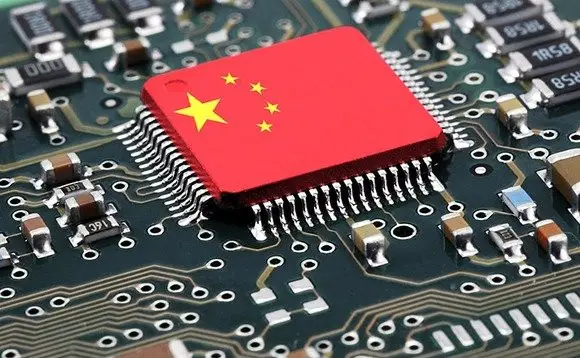War in Ukraine is changing the global industry of UAV production and use - expert

According to the expert, the massive use of drones at the front in Ukraine will contribute to the active development of the global UAV industry in the coming decade
The war in Ukraine has spurred the development of unmanned technologies. Large multifunctional aircraft, self-assembled disposable drones, unmanned boats, and autonomous ground vehicles are all part of the various Ukrainian drones that thousands of specialists, including engineers and military personnel, are working on developing. Recently, new software solutions that use artificial intelligence have been added to unmanned flight vehicles. In an interview with Daily Hub News, businessman and drone expert at the Food and Agriculture Organization of the United Nations (FAO) Valerii Iakovenko explains how the drone industry has become one of the industries where Ukraine has the opportunity to develop world-class products, and what the possible consequences of this development may be after the war ends.

How has the war in Ukraine affected the global UAV industry?
Drones have become an integral defense tool, contrary to the previous concept of using drones as separate units or tools of reconnaissance and combat, drones in the modern worldview are an integral part of any unit. Drones have become broader in terms of tools, and their use has been classified not only as a reconnaissance tool, but also as a full-fledged tool for influencing enemy equipment or manpower. The economic component of striking with drones has made them the most effective tool, as practice proves - more than 60% of all occupant losses are due to the work of drones.
The world is carefully analyzing this information and adopting the experience. Given that Ukraine has become the world's largest drone manufacturer, our allies are building their own massive programs, involving Ukrainian companies as partners.
If at the beginning of the war in 2014, it was important to raise the Drones Are Good trend in the world because of the high intensity of military use of drones, and the whole world succeeded, today we face an even more difficult task to do it again.

What are the main differences between the Ukrainian drone market and the US market?
In Ukraine, drones are used on a massive scale, the level of consumption is much higher than the capabilities of Ukrainian engineers to manufacture products, but meanwhile the market functions under market conditions, that is, consumers clearly understand the value of technology, the cost of components or technologies used, so we have large-scale applications with a moderate cost of components.
In the United States, the market exists in three scenarios: civilian, including the commercial segment, and security, where drones for police departments, sheriff's offices, etc. are produced by the state. The third area is security defense technologies, and this is a separate caste of suppliers and the most difficult market to regulate.
The cost of drones used in Ukraine and the United States can differ by 20–30 times, and this reluctance of American companies to make money on technology is the result of assessing the required level of development, which costs millions and ultimately affects the cost of each individual unit. Ukraine, on the other hand, develops new technologies as quickly as possible, in a sprint mode, updating products in weeks, unlike the years of work of our North American colleagues.

How does the development of artificial intelligence affect the global UAV market?
Today, drones are already a massive tool with a clear level of application in commercial and security spheres, the bottleneck of the technological link is the dependence on the human factor, namely, drone operators. For the technology to flourish on a large scale, it must be enhanced with artificial intelligence capabilities to scale the capabilities of operators. This is an integral part of the future growth of drones in logistics, and is definitely a mandatory element of modern security drones, which must have the highest level of autonomy due to the prevalence of countermeasures.

What areas of industry development will be popular in the next decade?
In the next decade, the security sector will be the largest in terms of capitalization and the availability of new technologies using elements of artificial intelligence. We see the agricultural market as the second largest. The most promising market, which will increase the number of drones by thousands of times, is logistics, and this market will start growing in 5–7 years.
What would you like to change in the Ukrainian and European UAV industries?
In European and even American industries, there are factors that limit the development of technology, such as regulation, which hinders progress. Before the full-scale invasion, Ukraine faced a lot of such difficulties, and that is why, for example, drones in agriculture are more widespread in Ukraine than in the whole of Europe, and in terms of development, they are 3 years ahead of the US. We need to raise the issue of adapting the European and Ukrainian legal frameworks not in the format of adopting European experience, but of changing European policy to the best Ukrainian experience. Europe should use our examples to deregulate its domestic markets.
What do you think about the production of military drones in the "kitchen"?
Mass initiatives to involve the masses in the production of drones are one of the best campaigns to promote the profession of engineer, Ukraine should become a mecca around the world for the production of security technologies and the availability of personnel for this is a key factor. Drones assembled in the kitchen do not change the situation on the battlefield, but they dramatically affect the ability to increase the hiring of new engineers in specialized companies.
What advice do you have for people entering the drone business?
The drone market is extremely saturated today, but it is far from meeting the existing demand. Any investment in modern robotics will pay off, especially if you work on localizing the component base. Localized components are an important step in the development of supply chains today.














